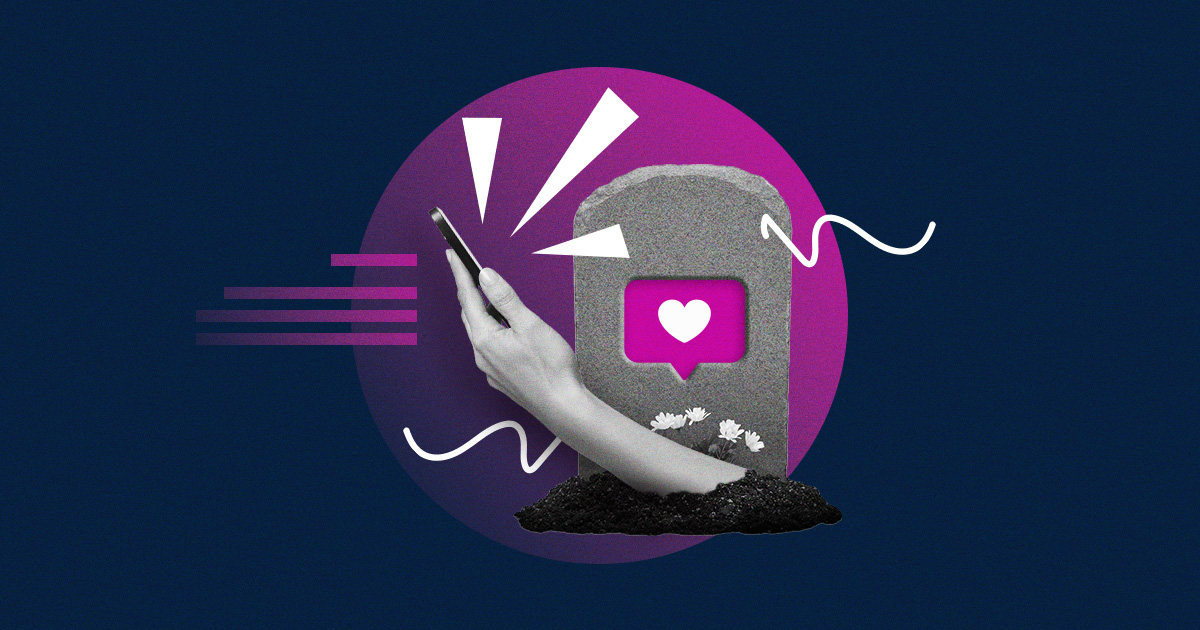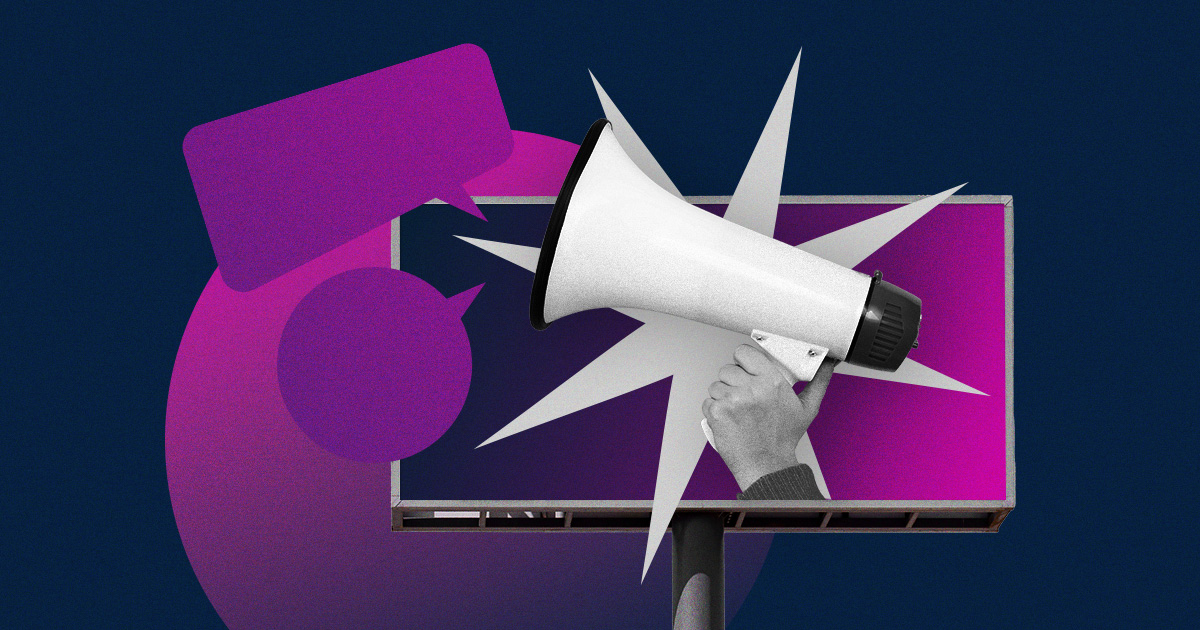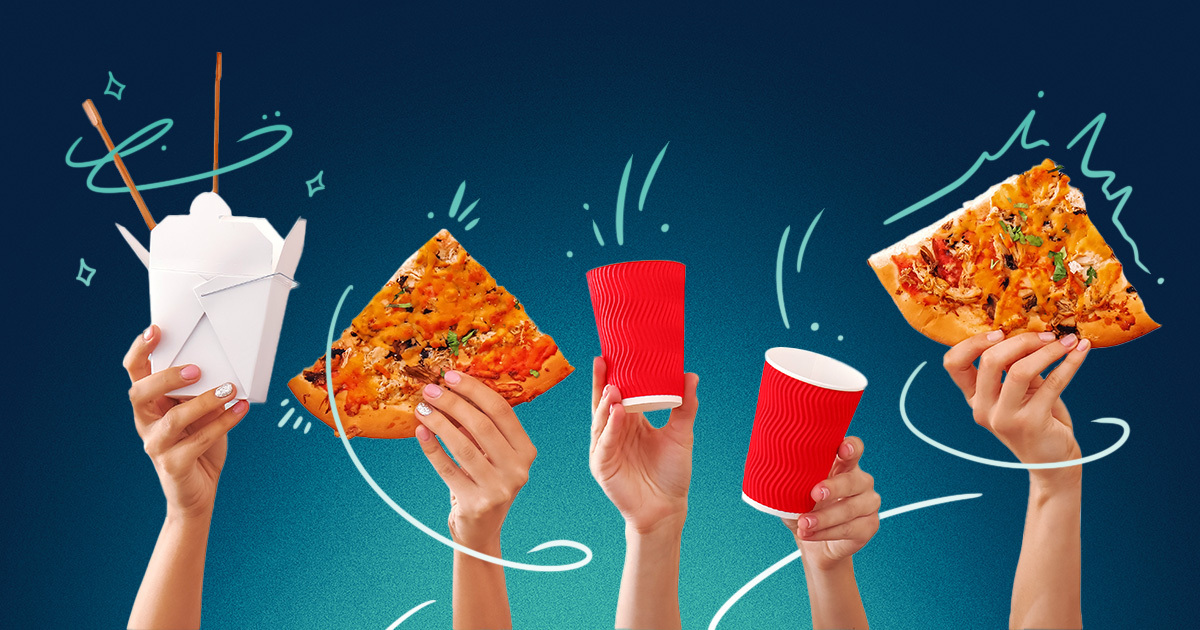
In the past, marketing conferences were a place to see the latest marketing technology and network. Recently, they’ve become a place for brand marketers to get inspired. Busy with their day-to-day responsibilities, conferences are a way for marketers to break out of the routine and think long-term about their brand.
Scott Harkey, CEO of O.H. Partners, and Todd Sommers, Managing Director of Business Strategy, attended the Association of National Advertisers Masters of Marketing Conference in Orlando, Florida, where presenters “showcased the creative thinking and inspirational strategies the world’s top CMOs and leading brands have implemented to meet and exceed their customer needs, drive growth, and inspire change.”
Experiences Over Advertising
Regardless of the brand, an overarching theme emerged from the speakers and brands presenting: right now, marketing is less about producing a great ad and more about enriching the consumer experience with your brand. Based on presentations and insights from some of the world’s most successful brands, this is how they’re connecting with their consumers.
Coca-Cola
 Source: ANA
Source: ANA
Summary: “Shakir Moin, Chief of Marketing, captured how “Coca-Cola’s portfolio of brands is leaning on acts (and not ads) to shape experiences that are anchoring new, lasting memories behind the core promise of the brands.”
Insight: Innovative experiences should always tie back to the brand. Since Coca-Cola is about bringing people together, the brand installed a billboard in New York, then turned it into a giant table where 300 community members shared a meal together in an activation of the soda brand called “Billboard to Table.”
Crayola
 Source: ANA
Source: ANA
Summary: “Fueled by the belief that creativity is a life skill that allows kids to reach their full potential, Victoria Lozano, EVP of marketing at Crayola, illuminated how the brand skillfully combined marketing instincts and authentic consumer insights to reframe its marketing strategy and identify new ways to draw consumers into a purpose-driven marketing campaign.”
Insight: Similar to LEGO and Mattel’s Barbie, Crayola is keeping their product top-of-mind by creating games, experiences, and digital versions of their product. With creativity above all, Crayola is focused on providing these experiences to kids and adults through multiple touchpoints, including Crayola Studios, where the brand will produce content such as podcasts and video; Crayola Flowers, an online flower shop supporting nonprofits; and Crayola Experience, an in-person destination with dozens of hands-on attractions. In addition, the brand sponsors Creativity Week, a global program serving 3.5 million students through “downloadable resources, celebrity videos, and daily challenges.”
 Source: Plano Magazine
Source: Plano Magazine
Lozano also talked about artificial intelligence when it comes to creativity, and although she warned against utilizing AI in a way that replaces humans, she encouraged the audience to use it to “nurture that innate creativity that only humans have. And more importantly, nurture it in the kids who, 20 years down the road, are going to run our world.”
Hilton
Summary: “Hilton's first-ever brand platform "Hilton. For the Stay" has broken the mold of traditional hotel advertising by leaning into something more authentic for Hilton, inspiring over 200 million customers to experience and fall in love again with their global portfolio of hotels. Following the one-year anniversary of "Hilton. For the Stay," Mark Weinstein, CMO of Hilton, shared what it takes to rebrand a legacy company, the importance of rallying efforts under a single focus that's differentiated, credible, and ownable, and the lessons learned along the way.”
Insight: Hilton’s “For the Stay” campaign was created to combat a sea of sameness glorifying travel, and the brand wanted to reach consumers in a more honest way. Comparing a stay at a Hilton-brand hotel to a spooky short-term rental option and a less-than-luxury motel room, the campaign highlights the benefits of staying at a Hilton with the message, “It matters where you stay.”
Mastercard
 Source: ANA
Source: ANA
Summary: “Universal passions like sports, music, and food transcend boundaries of age, gender, race, and culture – bringing people together through the things they love most. Mastercard’s Chief Marketing and Communications Officer Raja Rajamannar spearheaded a passion-driven approach that shattered conventional segmentation, fostering connections across diverse audiences, reshaping the dynamics between brand and consumer.”
Insights: Looking to connect with cardholders on a passion-based level, Mastercard launched branded restaurants to provide culinary experiences for foodies, creating 100 “priceless tables” around the world featuring world-class chefs. Beyond the culinary space, Mastercard has acquired a company specializing in curating a variety of experiences to continue bringing “priceless” to life beyond advertisements.
As an example of providing unique culinary experiences, the brand provided custom boxes of chocolate to attendees of the presentation while a chocolatier led the tasting.
Procter & Gamble
Summary: “The fundamentals of brand building remain constant but how we build brands constantly changes. With all the disruptions that are reshaping how consumers engage with, experience, and buy brands, it's time to reset the bar on creativity for growth.”
Insights: Procter & Gamble is a brand that sets the standards when it comes to consumer goods and uses that power to increase market growth. By attracting more people into the market, P&G increases its own sales as well as the sales of other brands in the industry. For example, P&G’s recent “Rethinking the Sink to Save Water” campaign persuaded consumers to run their dishwashers every day instead of doing dishes in the sink to save water.
The Big Picture
You might think it’s easy for brands with household names like Crayola or Coca-Cola to invest in experiences because they have larger budgets than most brands. But the focus on experience doesn’t simply shift consumption from one brand to another; it expands the total market size by creating brand relevance with more consumers. Experiences create an emotional connection — one consumers will remember and share.
Another takeaway: when it comes to learning and networking opportunities like the ANA Masters of Marketing Conference, they’re a powerful tool because they offer marketers:
-
- time and space to step back and reconsider the long-term vision for a brand
- the opportunity to be inspired by other brands
- networking with other senior leadership roles in brands, agencies, and suppliers
If you’re a busy marketer needing an internal refresh (and who of us isn’t?), attending a conference can give you the boost you’re looking for. And when it comes to finding inspiration in experiential marketing, you don’t always need to leave your desk. Start with this blog post to learn more about brand activations at the inaugural Formula 1 Grand Prix in Las Vegas.




